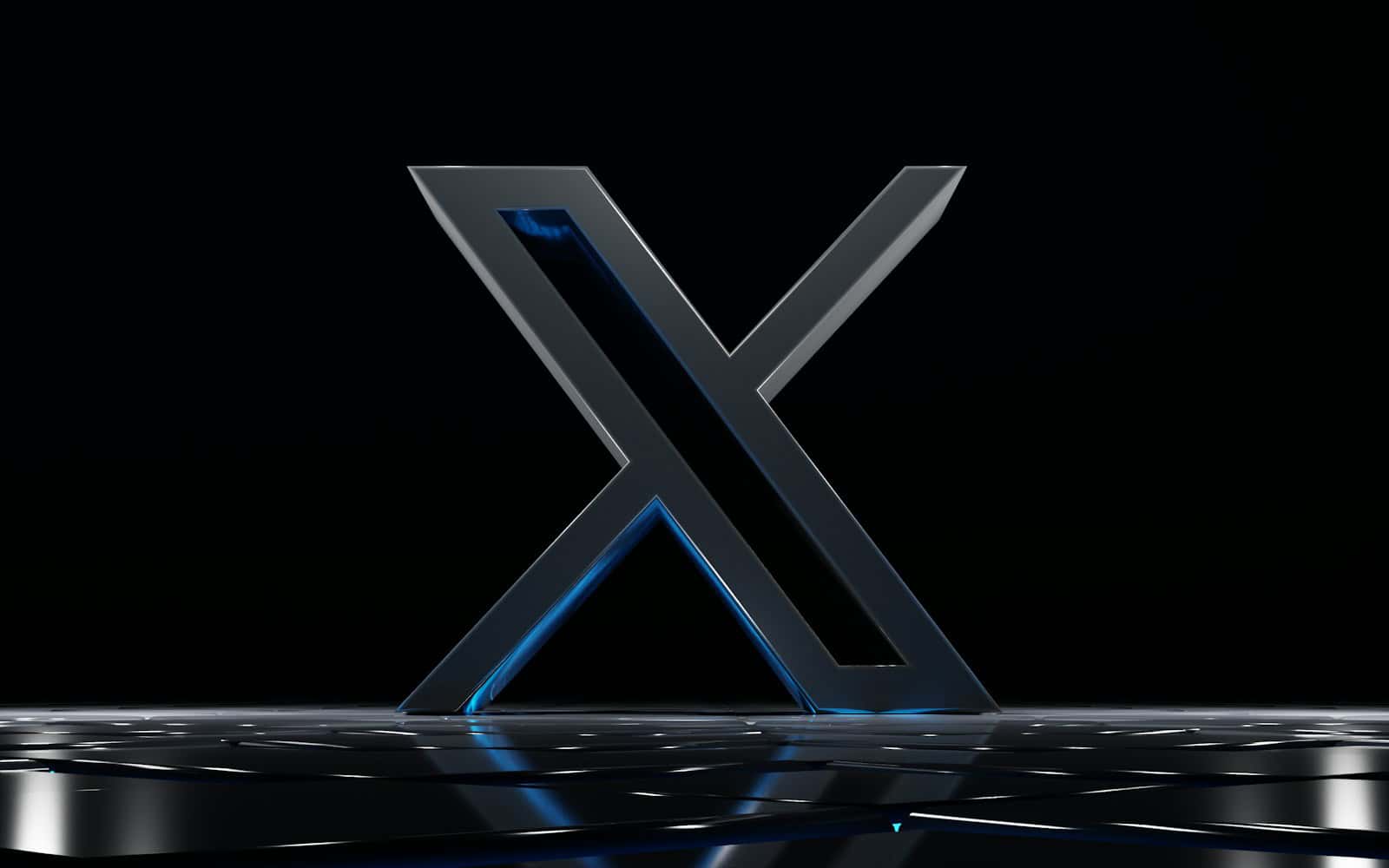Elon Musk acquired Twitter for $44 billion in 2022, transforming it into X. This purchase sparked significant changes in the social media platform’s structure and policies. X has undergone a complete rebranding, changed its leadership, and altered its content moderation approach.
The platform now operates under a new CEO and has seen thousands of employees depart. X introduced several new features, including a subscription model and changes to the verification system. These updates have reshaped user experiences and how content spreads on the platform.
X’s evolution continues to unfold, with ongoing adjustments to its policies and functionality. The platform faces challenges in maintaining user trust and advertiser relationships while pursuing Musk’s vision of a “free speech” platform.
X Marks the Changes: Twitter’s Transformation Under Elon Musk
Elon Musk’s acquisition of Twitter, now rebranded as X, has led to a whirlwind of changes. These changes have significantly impacted the platform’s functionality, features, and user experience. Here’s a breakdown of the key transformations:
1. Rebranding and Visual Overhaul
The most immediate change was the rebranding of Twitter to X. The iconic blue bird logo was replaced with a stylized “X.” This signaled Musk’s vision of transforming the platform into an “everything app.”
2. Subscription Model: Twitter Blue to X Premium
The subscription service, Twitter Blue, was revamped and renamed X Premium. It offers features like fewer ads, longer posts, and priority ranking in replies. The pricing structure has fluctuated, and the features included have evolved over time.
3. Content Moderation and Free Speech
Musk has advocated for greater free speech on the platform. This has led to changes in content moderation policies, including the reinstatement of previously banned accounts. This has been a controversial move, with some welcoming the change and others expressing concerns about increased misinformation and hate speech.
4. Verification System Overhaul
The verification system, previously used to confirm the identity of notable accounts, was initially replaced with a paid verification model. This led to confusion and impersonation issues. The system has undergone further revisions, with a new gold checkmark for businesses and a gray checkmark for government accounts.
5. Organizational Changes and Layoffs
Musk implemented significant organizational changes, including mass layoffs and restructuring. This impacted various departments, including engineering, content moderation, and communications.
6. Feature Updates and Experiments
X has seen a rapid pace of feature updates and experiments. Some of these include:
- Longer posts: X Premium subscribers can now post longer tweets.
- Edit button: A long-requested feature, the edit button, allows users to edit their posts after publishing.
- Spaces: Live audio conversations, similar to Twitter Spaces, continue to be a feature.
- Video and live streaming: X has shown a focus on video content, with features like longer video uploads and live streaming capabilities.
7. Algorithm Changes and Content Visibility
Changes to the algorithm have impacted how content is displayed and prioritized in users’ feeds. This has led to complaints from some users about decreased visibility and reach.
8. Removal of Third-Party Apps
X has restricted or removed access for many third-party apps that integrated with Twitter. This has disrupted workflows for users who relied on these apps.
9. Rate Limits
X implemented temporary “rate limits” that restricted the number of posts users could view. This was intended to address data scraping and system manipulation but caused frustration for many users.
10. Blocking Changes
Recently, X removed the ability to block other users, except for in direct messages. This change has been met with widespread criticism due to concerns about harassment and safety.
The Impact on the Social Media Landscape
The changes at X have had a ripple effect on the social media landscape. They have fueled the growth of alternative platforms like Mastodon, BlueSky, and Threads. Users are seeking spaces that align with their needs and values. The long-term impact of these changes on X and the broader social media ecosystem remains to be seen.
Key Takeaways
- X has rebranded, restructured, and changed its leadership under Elon Musk’s ownership
- New features include a subscription model and alterations to content moderation policies
- The platform continues to evolve, balancing free speech goals with user and advertiser concerns
Organizational and Structural Changes
Elon Musk’s acquisition of Twitter led to significant shifts in the company’s structure and operations. The platform underwent a major rebrand, experienced leadership changes, and introduced new revenue models.
Company Rebrand and Vision
Twitter transformed into X in July 2023. This change went beyond a simple name switch. The iconic blue bird logo was replaced with an “X” symbol. Musk described X as an “everything app” that would offer various services beyond social media.
The rebrand aimed to distance the platform from its previous identity. X.com became the new domain, redirecting from Twitter.com. This move aligned with Musk’s vision of creating a multi-purpose platform similar to China’s WeChat.
The transformation faced mixed reactions. Some users embraced the change, while others criticized the loss of Twitter’s familiar branding.
Management and Layoffs
Musk’s takeover led to significant workforce reductions. Shortly after the acquisition, Twitter laid off about half of its 7,500 employees. This massive cut affected various departments across the company.
The leadership team saw major changes. Musk appointed himself as CEO initially, before hiring Linda Yaccarino in June 2023. Many top executives were either fired or resigned during this transition period.
These changes aimed to streamline operations and reduce costs. However, they also raised concerns about the platform’s ability to handle content moderation and technical issues with a reduced workforce.
Subscription Service and Revenue Models
X introduced new revenue streams to reduce reliance on advertising. Twitter Blue, later rebranded as X Premium, became a key focus. This subscription service offered features like tweet editing, longer posts, and reduced ads.
The platform also explored creator monetization options. This included revenue sharing for ads in tweet replies and subscriber-only content. These changes aimed to attract content creators and diversify income sources.
X also experimented with charging for API access. This move affected third-party apps and researchers who relied on Twitter data. The goal was to generate revenue from previously free services.
Platform Policy and Feature Updates
X has undergone significant changes to its policies and features since Elon Musk’s acquisition. The platform has revised its content moderation approach, overhauled the verification system, and expanded its functionalities.
Content Moderation and Community Standards
X adopted a more lenient approach to content moderation. The platform now allows a wider range of speech, including some previously restricted political content. This shift aligns with Musk’s emphasis on free speech.
X introduced Community Notes, a crowd-sourced fact-checking system. This feature lets users add context to potentially misleading tweets. The effectiveness of this system in combating misinformation remains under scrutiny.
The platform implemented stricter policies against violent and NSFW content. X now uses advanced AI and machine learning algorithms to detect and remove such material more efficiently.
Verification System Overhaul
X replaced the old verification system with Twitter Blue, a subscription-based model. Users can now pay for a blue checkmark, which was previously reserved for notable accounts.
This change sparked controversy, as it blurred the line between verified public figures and paying subscribers. X added additional badges to distinguish government accounts and major brands.
The new system aims to reduce bot activity and increase revenue. However, it has faced criticism for potentially enabling impersonation and reducing trust in the platform.
Expansion of Functionalities
X introduced longer tweets, allowing users to post up to 25,000 characters. This change aims to encourage more in-depth discussions and reduce the need for tweet threads.
The platform now supports audio and video calls, positioning itself as a more comprehensive communication tool. These features are part of Musk’s vision to transform X into an “everything app.”
X reintroduced political ads with new transparency measures. The platform now requires clear labeling and provides public databases of political ad spending.
Frequently Asked Questions
Elon Musk’s takeover of X (formerly Twitter) has brought significant changes to the platform. Users have witnessed shifts in policies, features, and monetization strategies.
What alterations to the platform’s policies have been implemented since Elon Musk’s acquisition?
X has seen major policy changes under Musk’s leadership. Content moderation rules have been relaxed, with a focus on “free speech” principles. The platform has reinstated some previously banned accounts.
The verification system has been overhauled. Blue checkmarks are now available to paying subscribers rather than being reserved for notable figures and organizations.
Can you detail the new monetization strategies that have been introduced to the platform?
X has introduced several new revenue streams. The X Premium subscription (formerly Twitter Blue) offers exclusive features for a monthly fee. Users can now earn money from their posts through the ad revenue sharing program.
The platform has also experimented with charging for API access. This move affects developers and researchers who rely on X’s data.
What are the key differences between the platform’s functionality now compared to before the takeover?
X has implemented numerous functional changes. The character limit for posts has been increased to 25,000 for paying subscribers. Users can now edit tweets within a limited time frame after posting.
The algorithm for the “For You” feed has been adjusted. X claims this change promotes a wider range of viewpoints and content.
How has user engagement been affected post the platform’s management shift?
User engagement on X has fluctuated since Musk’s takeover. Some users have reported increased activity due to new features and policy changes. Others have reduced their platform usage or left entirely.
X has faced challenges in retaining advertisers. This shift has impacted the platform’s revenue and content ecosystem.
Which new features or services has the platform launched following Elon Musk’s leadership?
X has introduced several new features under Musk. The platform now supports long-form content with Notes. Users can post longer videos and conduct live audio sessions.
X has also launched a job listings feature. This addition aims to position the platform as a professional networking tool.
In terms of financial performance, how has the platform fared since being under new ownership?
X’s financial performance has been mixed since Musk’s acquisition. The company has faced challenges with advertiser retention and debt servicing. Cost-cutting measures, including significant staff reductions, have been implemented.
Revenue from subscriptions has increased. However, this growth has not fully offset losses from traditional advertising sources.







